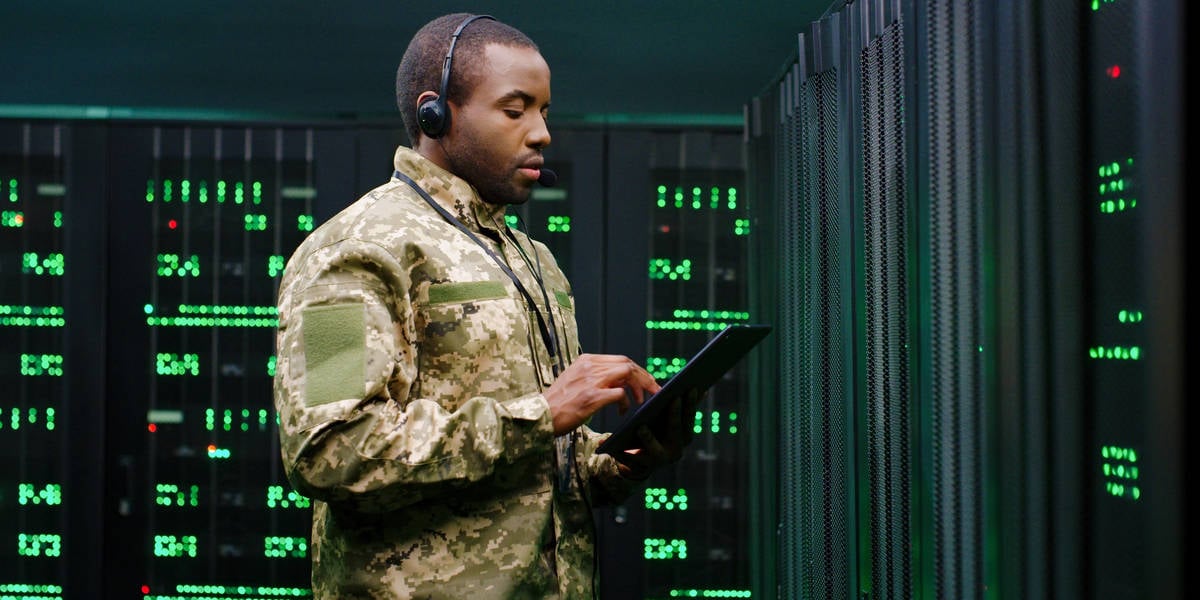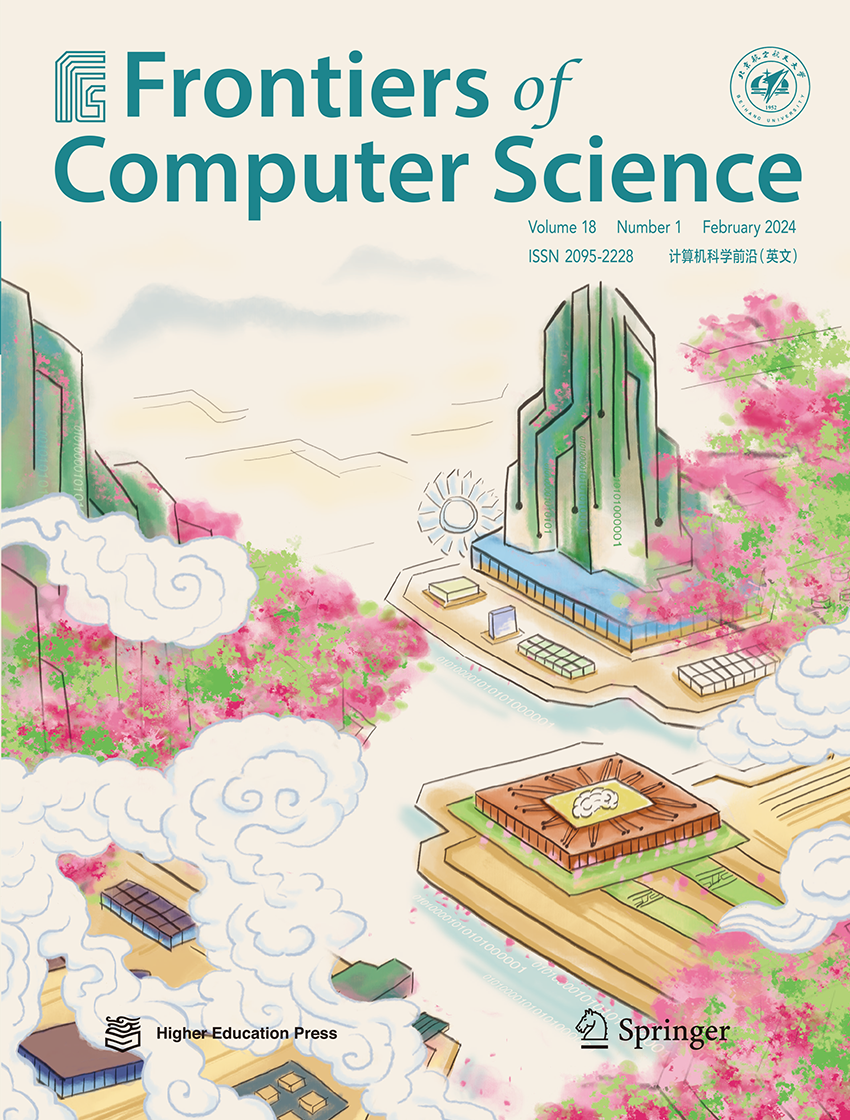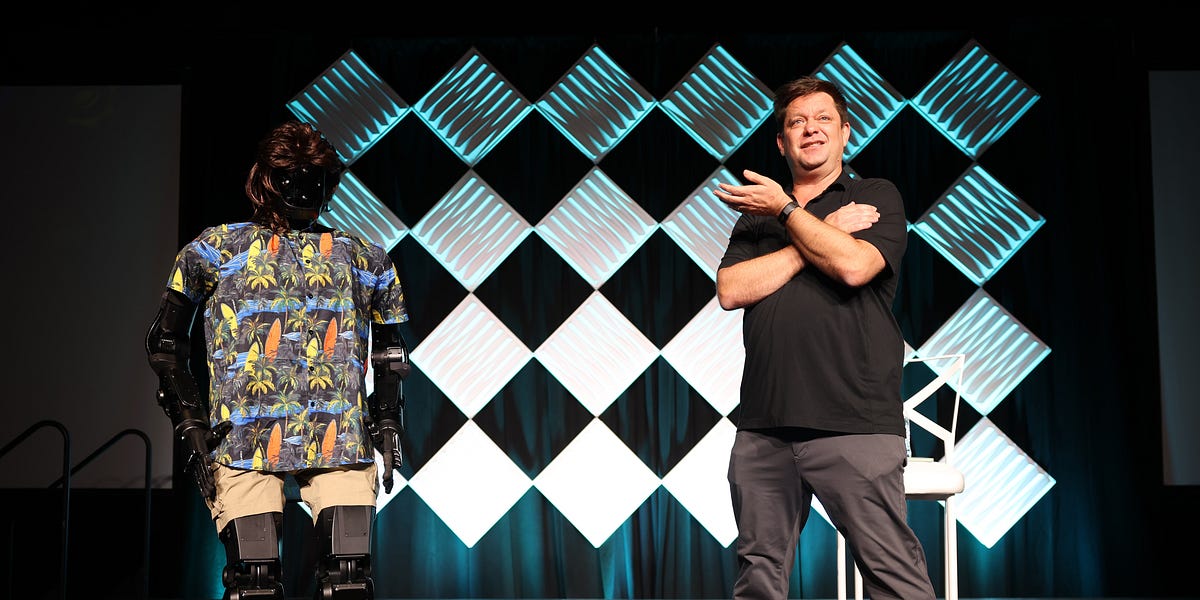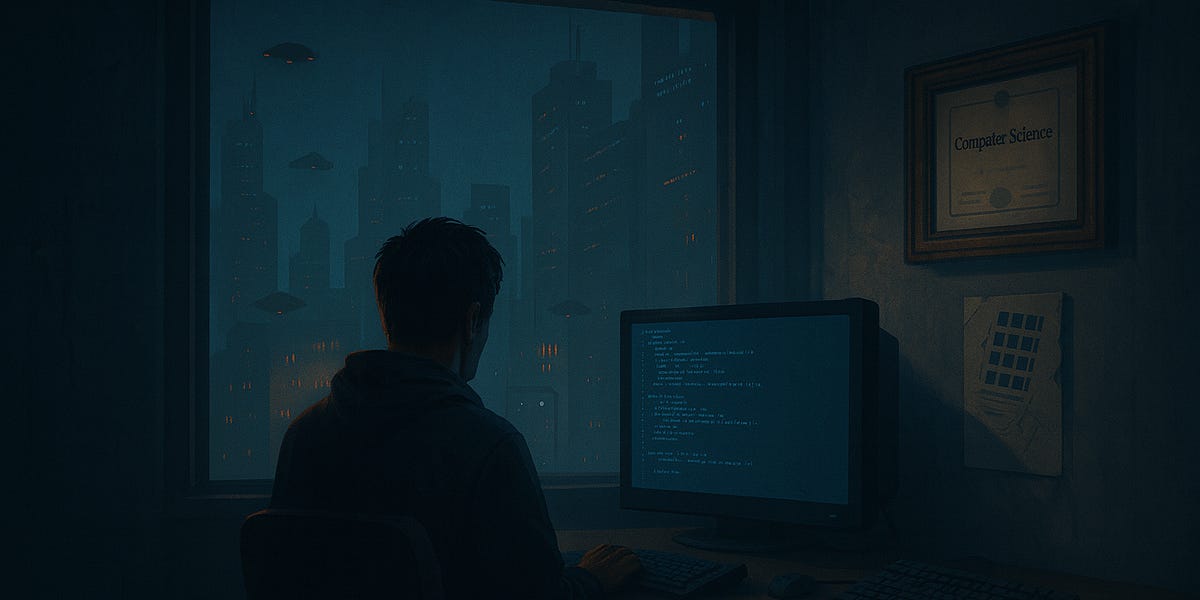
Smooth Pursuit, and how Screens Don't Mimic Reality
Your brain’s visual system is economical. Rather than capturing a big high-resolution image, only a small portion of your retina has light receptors packed together closely enough to capture fine detail. To construct a big useful picture of your surroundings, your brain relies heavily on eye movement.
One nice trick your eyes and brain use is smooth pursuit. You can lock your eyes on a moving object and move them continuously, not as a set of discrete changes, but by actually giving your eyes and head an angular velocity. Your visual system uses low-level details to perform quick error-corrections to stay locked on the object. This lets you give the most powerful part of your retina a stable input image for the moving object, allowing you to see fine detail even for fast-moving objects.
Now pick up a piece of paper, a book, or some other device. Move it in front of your screen at the same speed as this animation. You’ll see that it looks amazing compared to the animation on this screen. You’ll see that “1200 pixels/second” is not actually very fast.
















